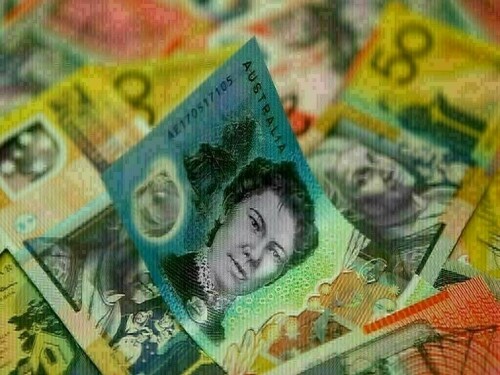Australian, New Zealand Dollars Surge Amid US Policy Shifts
The Australian and New Zealand dollars experienced gains on Wednesday. This surge occurred as recent alterations in White House policy created a fresh wave of US dollar selling by investors.
Initially, the US dollar had strengthened when President Trump seemingly retreated from earlier threats to dismiss Federal Reserve Chair Jerome Powell. Furthermore, he hinted at potentially reduced tariffs on Chinese goods should Beijing consent to a trade agreement.
However, Trump’s continued criticism of Powell regarding interest rates implied ongoing political pressure on the central bank. Simultaneously, there was no indication that Beijing was prepared to engage in negotiations.
According to Richard Franulovich, head of FX strategy at Westpac, the challenges to the Fed’s independence highlight what seems to be a shift away from US exceptionalism. He added that this undermines the dollar’s foundations by eroding policy credibility and destabilizing US governance and institutions.
The resulting volatility saw the Aussie dollar climb 0.5% to $0.6403, after a previous drop of 0.8% to $0.6350. Resistance is observed at Tuesday’s four-month high of $0.6439.
Similarly, the kiwi dollar increased to $0.5974, recovering from an earlier low of $0.5934. It encounters resistance at Tuesday’s peak of $0.6029.
Diminished confidence in US assets has resulted in Australian 10-year bonds yielding 4.191%, a 15 basis point deficit compared to Treasuries. This contrasts with a 20 basis point surplus at the start of April.
Financial markets still suggest that the Reserve Bank of Australia (RBA) will lower its cash rate by a quarter point at its May 20 meeting, while expectations for a larger half-point reduction have decreased.
Likewise, investors anticipate a 25 basis point reduction in the Reserve Bank of New Zealand’s cash rate at its upcoming May 28 meeting, with further easing expected to reach around 2.75% by the end of the year.
Until the release of Australian consumer price data on April 30, there are no major economic indicators scheduled. Analysts anticipate that core inflation will dip below 3%, potentially paving the way for a rate cut.



Comments (0)
No comments yet. Be the first to comment!
Leave a Comment